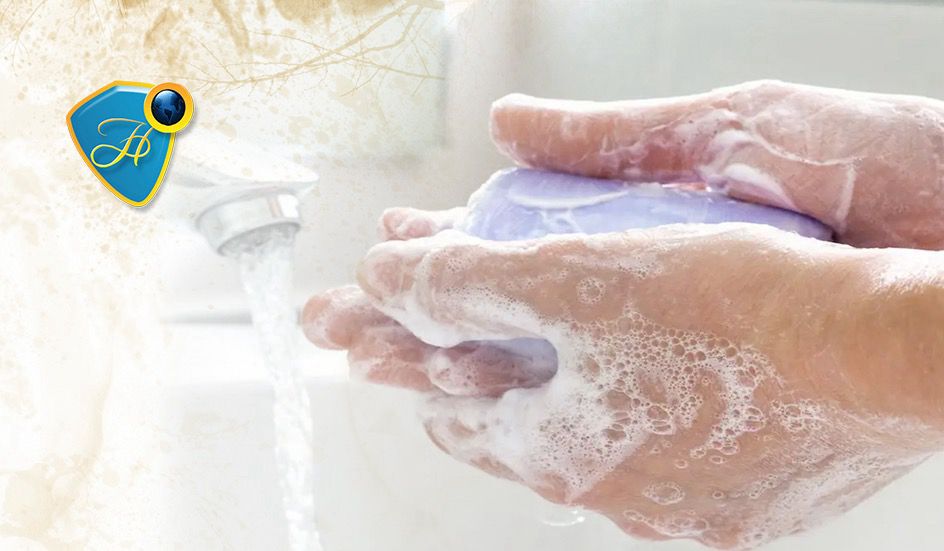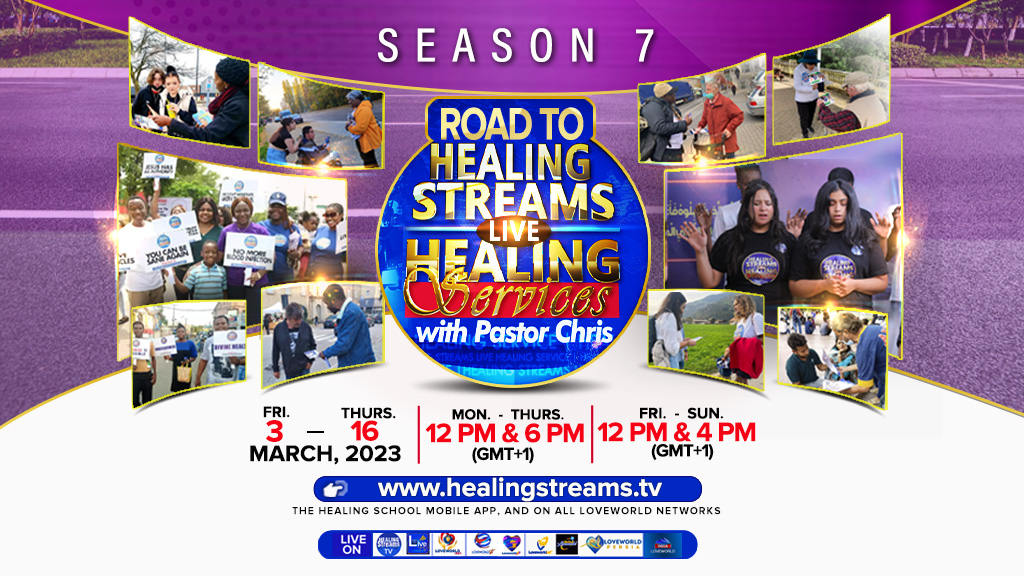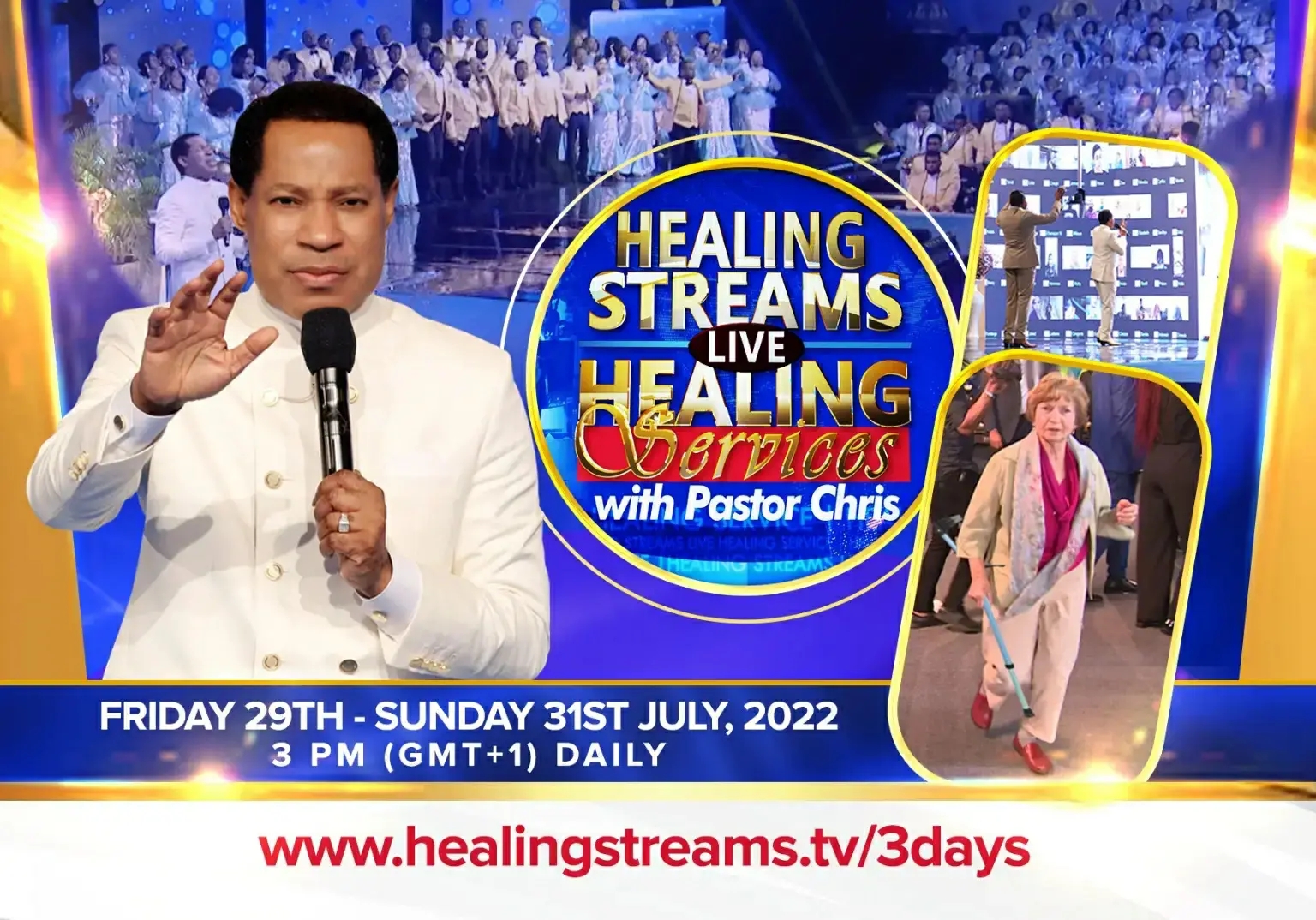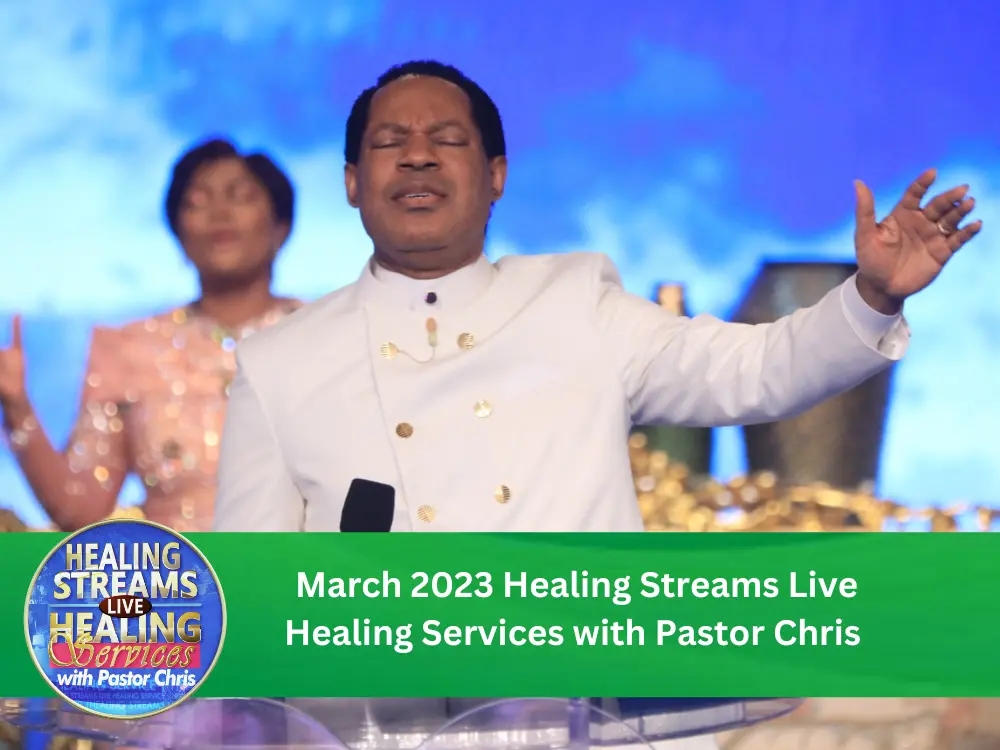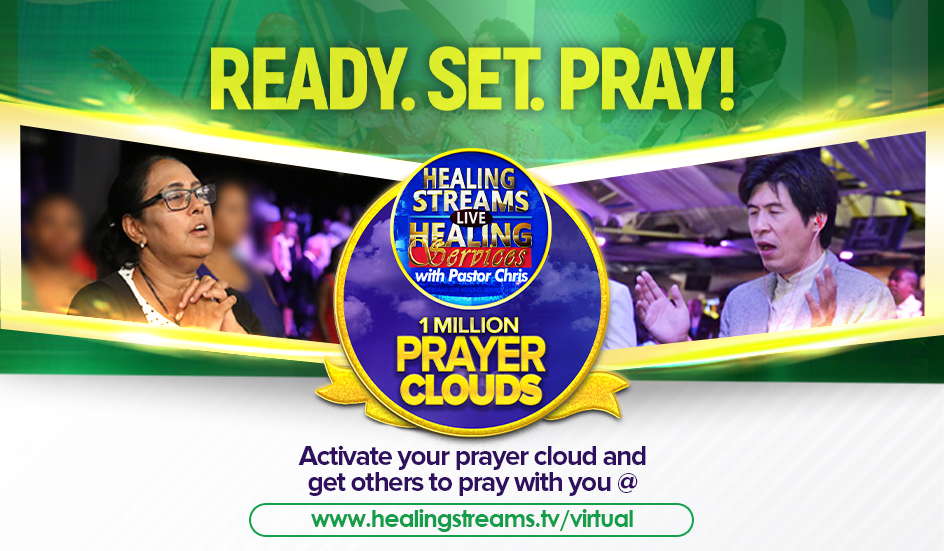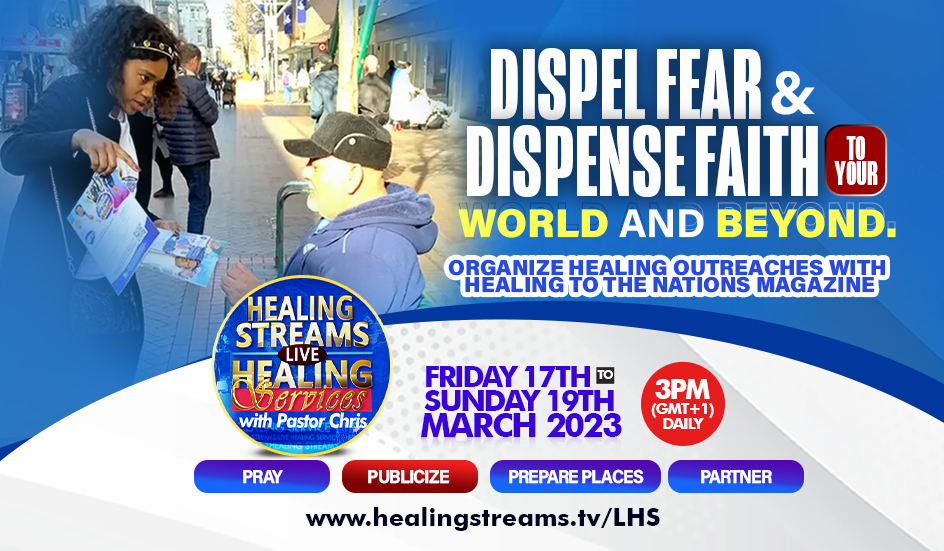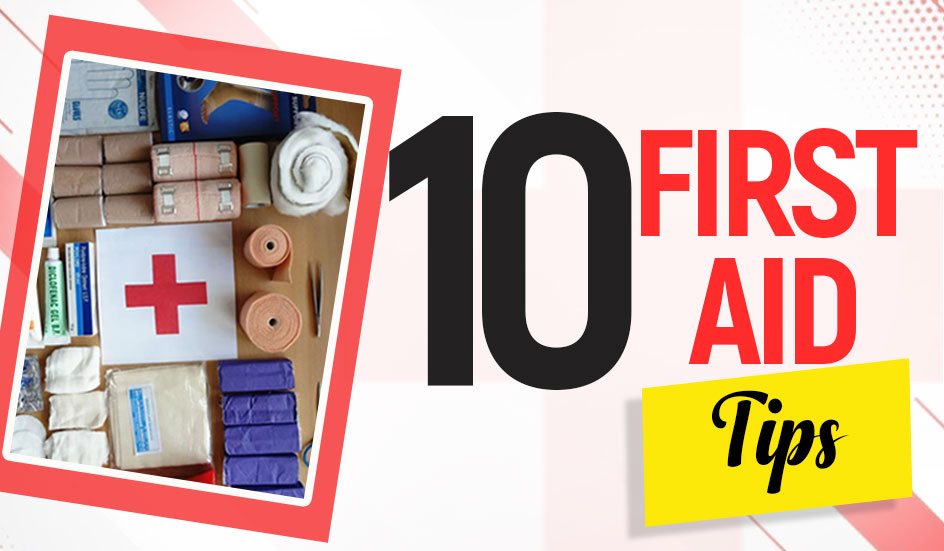
Accidents happen, but responding to such situations without accurate knowledge might make a bad situation worse. Timely response is very important, and while there’s plenty First Aid information on the internet, you may not have time to google in an emergency. So, we recommend that you learn First Aid and be prepared.
The General Rules
• Make a First Aid kit: Your First Aid kit must have basic items like bandages, gauze, tape, antibacterial cleansing wipes, sling/scarf, thermometer, tweezers, scissors, allergy medications, safety pins and paracetamol. Also, keep emergency instructions like ‘ICE’ contacts inside the First Aid box.
• Learn Important First Aid Techniques: Every First Aider should know these 3 techniques: the Heimlich Maneuver for choking; the ABC method for checking an unconscious person’s airways (A), breathing (B), and circulation (C); and cardiopulmonary resuscitation (CPR) for when breathing or heartbeat stops. Be sure to learn age-appropriate CPR and Heimlich methods.
For Bleeding
• Bruises & Grazes: For a mild bruise, keeping the surface clean and dry is important, and will speed up the healing. Grazes are usually contaminated with dirt and need to be washed with mild soap and under clean running water, or cleaned with a disinfectant wipe.
• Cuts: Clean the surface of the wound with clean running water, dry the surface and apply a clean dry dressing. For deep cuts, apply direct pressure over it with a bandage or dressing pad, for at least 10 minutes to stop the bleeding.
• Nose Bleeds: Don’t panic. Encourage the casualty to lean forward, apply pressure to the blood vessels of the nose by pinching the nostrils for 10 minutes while the person breathes through the mouth. Call emergency services if the bleeding does not stop.
For Minor Burns
• Treating burns depends on severity, size and location. For third degree burns, or burns larger than 3 inches, call for emergency medical services. Treat less severe burns by holding them beneath cool (not cold) running water for 10 to 15 minutes, then cover loosely with sterile gauze bandage. Do not apply ice or ointment. Do not break blisters.
For Sprains & Fractures
• If you suspect a fracture, immobilize injured area with a splint. With open fracture, cover the exposed bone with a sterile dressing to reduce the risk of infection, then get the person to the nearest hospital or call emergency services.
• For sprains, apply ice on and of every 20 minutes in the first 24 hours. Avoid putting weight on the injury; wrapping the joint and elevating the limb might help, too. After that, apply heat to promote blood flow to the area. If no improvement, see a doctor.
Poisoning
• Poisoning can occur from food, household supplies, animal bites, etc. When a person ingests any harmful substance or suffers a bite or sting, call a doctor immediately. Do not wait for symptoms to show or try to induce vomiting.
Strokes & Heart attack
• Learn the symptoms for strokes and heart attacks. Call emergency services immediately if you suspect either. For strokes, use the FAST acronym (Facial drooping, Arm weakness, Speech difficulties and Time to call emergency services). There are many red lags for a heart attack; chest discomfort, shortness of breath, cold sweats, fatigue, nausea, sudden dizziness, etc.
Remember, First Aid is only an initial response. Do what you need to do immediately in an emergency, but never hesitate to call for medical help, especially when you judge the situation critical.


